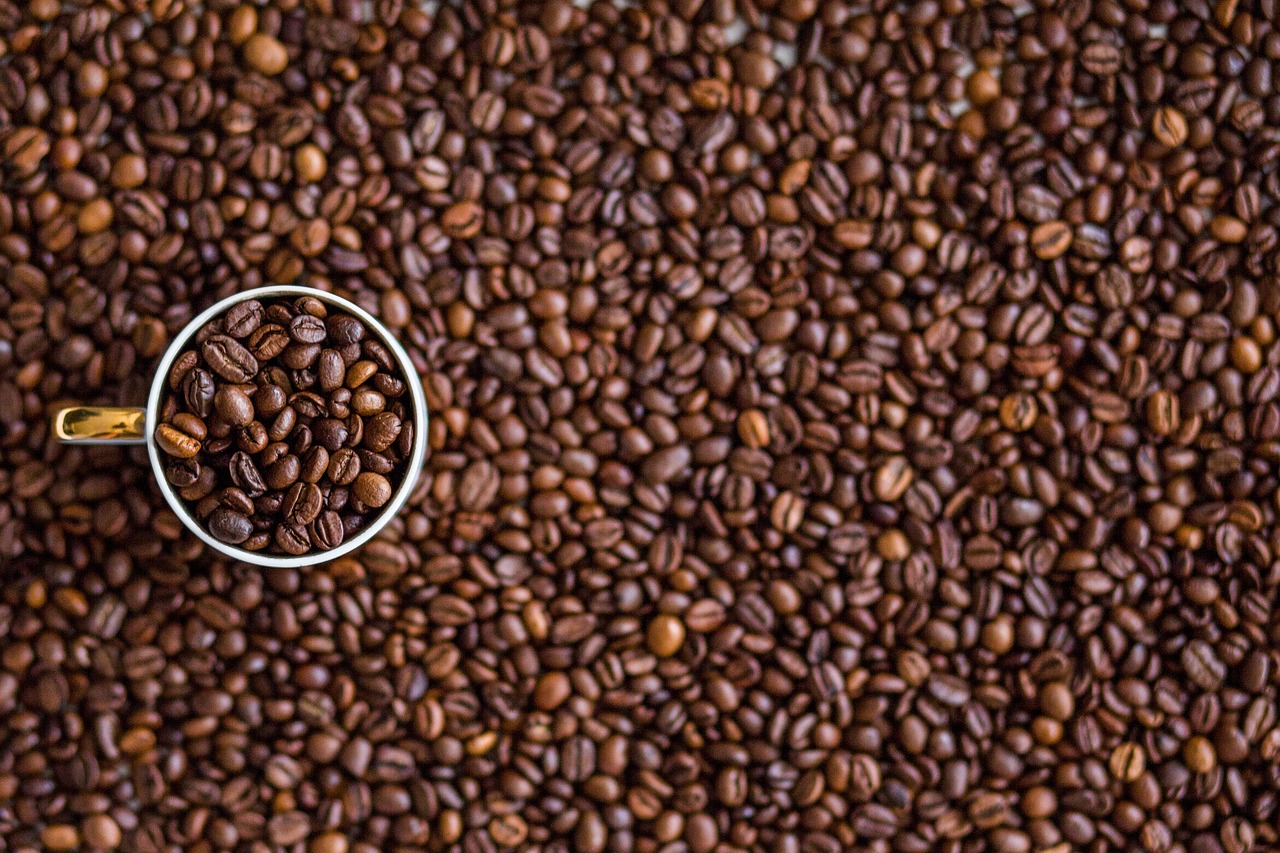
There are several types of drill bits, of different thicknesses and materials.
A drill bit is a drilling instrument that makes it possible to make holes . The term comes from the Latin broccus , which translates as “toothed” (having large teeth).
Auger
A drill bit, known as a drill bit in different South American countries, is an auger : a metal device that, at its tip, has a spiral thread . When the drill bit is placed in a drill or similar machine, it allows holes to be drilled into various surfaces.
There are multiple types of drill bits, linked to the material to be drilled. The tip , spiral, size and other characteristics vary according to need. With use, the drill bits wear out . That is why it is necessary to sharpen them from time to time or even replace them.
Nail
The nail that shoemakers use to secure the sole of the shoe to the last while carrying out work is also called a drill bit. It is an essential metal piece for the manufacture or repair of shoes and boots, as it provides a safe and durable way to join its different parts.
These bits are small and generally have an elongated shape with a flat head . Its length may vary depending on the type of shoe or the part of the shoe that must be secured. They are usually made of steel or steel alloys, making them strong and resistant to corrosion.
In shoe manufacturing, drill bits provide a solid connection between the sole and the upper; They are inserted underneath to achieve a firm and resistant fit. In shoe repair , they also play an important role: when parts of the sole come off or damage occurs at the joint, shoemakers can use these nails to reattach the pieces and restore the integrity of the shoe.
To work with drill bits, shoemakers use a number of specific tools , including:
- a specialized hammer with a flat head and an ergonomic shape for greater precision;
- a sturdy collet that helps hold bits while hammering, preventing slipping or deflection;
- Nails of different lengths and thicknesses, depending on the type of shoe and the specific job they are doing.
coffee borer
The Hypothenemus hampei , commonly known as the coffee borer or simply the coffee borer , is a small beetle that belongs to the family Curculionidae . It is a devastating pest for coffee crops around the world and is considered one of the main threats to its production.
Adults are small beetles, measuring approximately 1.5 to 2.5 millimeters in length . Its color can vary from dark brown to black. It is mainly found in tropical and subtropical regions of the world, where coffee is grown. The life cycle of the coffee borer consists of four stages: egg, larva, pupa and adult.

The coffee borer is an insect considered a pest for farmers.
The presence of the coffee borer can have serious consequences for crops, since it affects the quality and quantity of production. Infested grains show a decrease in quality due to the action of the larvae, which negatively impacts the flavor and aroma . Damage to grains can also encourage the proliferation of fungi and bacteria, further deteriorating quality and causing significant economic losses for producers.
Management of the coffee borer is a constant challenge for coffee farmers, and a combination of methods is required to keep the pest under control . Some common strategies include crop monitoring, trapping, biological and chemical control. Additionally, farmer education and training are essential to properly implement these practices and ensure sustainable cultivation.
